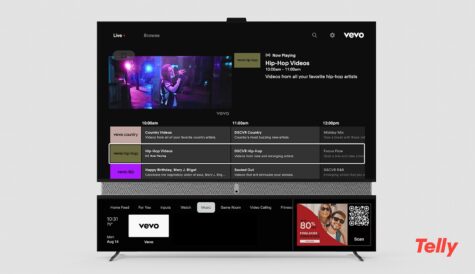FCC releases net neutrality rules
The US FCC has released its new net neutrality order, providing details of how its new rules will work in practice.
The document, which runs to over 400 pages, is centred on three core principles – that there should be no blocking, throttling and – more controversially – no paid prioritisation of content.
“Today we adopt carefully-tailored rules that would prevent specific practices we know are harmful to Internet openness – blocking, throttling, and paid prioritisation – as well as a strong standard of conduct designed to prevent the deployment of new practices that would harm Internet openness. We also enhance our transparency rule to ensure that consumers are fully informed as to whether the services they purchase are delivering what they expect,” the FCC said.
On paid prioritisation, the FCC said: “Paid prioritisation occurs when a broadband provider accepts payment (monetary or otherwise) to manage its network in a way that benefits particular content, applications, services, or devices.”
It said that the rule against paid prioritisation does not allow operators to seek exemptions based “reasonable network management” requirements, unlike the rules against blocking and throttling, because “pair prioritisation is inherently a business practice rather than a network management service”.
The new rules apply both to fixed and mobile networks and, in addition to reclassifying broadband access as subject to Title II regulation, also extends that classification to interconnection – the exchange of traffic between access providers and backbone providers. However the so-called ‘bright line’ rules banning blocking, throttling and paid prioritisation do not apply to interconnection deals, although the FCC will be able to hear disputes on a case-by-case basis. The regulator reserved the right to intervene in interconnection more rigorously in the future.




